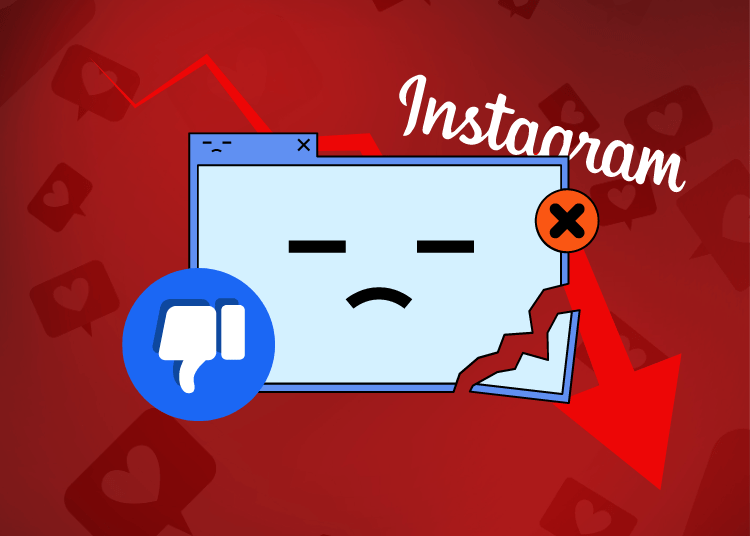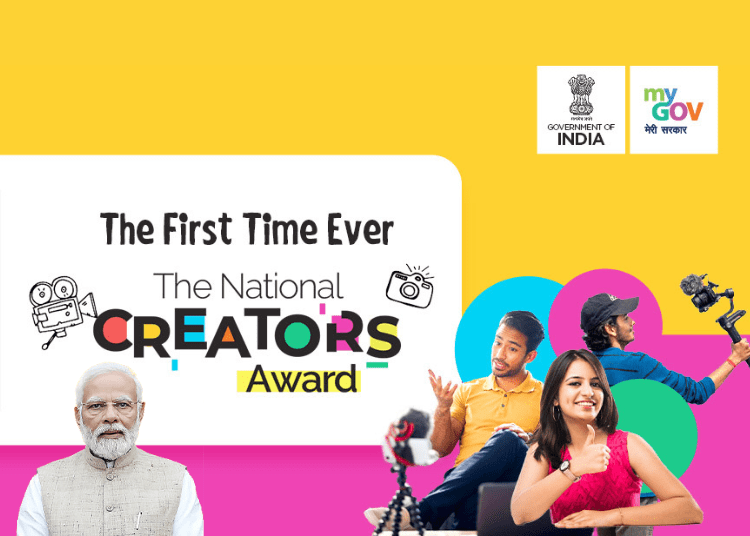A couple nights back, when the servers of two of Meta’s renowned social media platforms- Instagram and Facebook, went down, globally, for approximately two hours, the internet was left abuzz with complaints such as users not being able to log in.
Just when the Mark Zuckerberg-owned Meta was facing the global outage, X (Formerly Twitter) became one of the go to platforms, like always, for people to check and verify whether the issue was limited to only a few users or was it something that was happening at a larger scale.
As per DownDetector, the service interruption began in India at 8:33 pm with user reports for Instagram outage peaking to 31,447 at 8:58 pm. Of this, 60% issues were flagged against app, 33% against login and 6% against uploading.
Similarly, for Facebook, the peak user report against outage was at 9:02 pm with as high as 27,465 reports. Of these reports, 63% were against login, 30% against app and 7% against website.
And while this may have not been the first such occurrence of an outage for Meta platforms, it sure was a long lasting one. Taking advantage of the same, Elon Musk, who aims to make X an Everything App going forward, took a jibe at Meta with his tweet stating- “If you’re reading this post, it’s because our servers are working.”
— Elon Musk (@elonmusk) March 5, 2024
According to reports, this outage cost Meta’s Zuckerburg an estimated loss of $3 billion.
Taking into consideration all the above, Marketing Mind reached out to various Digital Marketing professionals to find out as to what is the impact of such outages on the digital marketing strategies of brands given the fact that most brands align their digital campaigns on Meta platforms on priority.
According to Ankit Banga, Chief Business Officer, FCB/SIX, technical errors such as server errors or app outages, impact the advertisers from the POV of both- campaign continuity and building frequency and reach. However, the impact is not as much from a cost point of view, because generally these platforms are tuned to not serve ads at such points in time.

“We have seen up to 60% drop in advertising spends for our clients during the hours of these outages,” he said.
That being said, Banga also pointed out that the campaigns do take a bit of learning to pick back and that becomes a major drawback as these kinds of outages largely impact brands like D2C, commerce and app-based platforms because therein the dependence on such platforms to generate traffic is significantly higher.
“The impact of such outages, depending on the number of hours the platform is down, for such brands could go as high as a 5% drop in the brand’s traffic every hour,” he said.
According to Shradha Agarwal, Founder and CEO, Grapes, technical errors such as server failures or app outages, resulting in platforms like Instagram or Facebook being inaccessible, can impact advertisers’ ad spending on digital mediums adversely.

“During a downtime, ads cannot be served to users, leading to no impressions, which can be an issue of losing revenue for advertisers. However, it depends on the duration and scale of the outage,” she said.
To combat this, she emphasized that agencies can employ various methods such as monitoring the KPIs, and outcomes before, during, and after the outage to assess the effectiveness or gauge the impact of delivery and performance during such instances.
“During a Facebook outage in 2019, brands experienced interruptions in ad delivery and engagement metrics and to mitigate such disruptions, the vital part was to test campaign delivery to identify and address any technical issues promptly,” she said.
But even after that, Agarwal stated that brands should prioritize diversification and if such situations happen often, then having other alternatives is the best solution.
Striking a similar viewpoint, Mitesh Kothari, Co-founder and Chief Creative Officer, White Rivers Media, also stated that since digital marketing relies on a steady flow of engagement, technical hiccups, slow load times or even small things like app glitches could potentially disrupt meticulous plans.

“While the exact impact can be tricky to predict, potential downtime, like the recent one creates a ripple effect, leading to missed campaign milestones, lost sales opportunities, and delays in reaching key audiences,” he said.
As per Kothari, social media users can and do switch to other digital routes during such incidents and therefore even brands move platforms to maintain a connect with their users and prevent them from feeling alienated. In such instances, anything from a push notification to an SMS, or even an email can go a long way in doing just that.
It is because of this very reason that he highlighted that digital agencies prioritise diversified advertising strategies and proactive communication plans.
“For example, we used X (formerly Twitter) with bollywood memes during a recent blackout to communicate with our audience,” Kothari said.
Upendran Nandakumar, Founder & CEO, Ayatiworks, also emphasized that advertisers need to diversify their digital strategies across different platforms to minimize the impact of such outages and protect their investments in digital marketing.

“When Instagram or Facebook go down due to ‘server errors’ or ‘app outages,’ advertisers’ ad campaigns can’t run as planned, leading to lost opportunities and wasted budget. While it’s hard to pinpoint the exact financial loss, these outages can significantly impact short-term sales and marketing metrics. The real damage, however, is not just in immediate costs but also in lost customer engagement and potentially harming long-term brand loyalty,” he said.
He also mentioned that while agencies analyze digital marketing campaigns and their effectiveness during technical outages by tracking metrics like reach, engagement, and conversion rates before, during, and after the incidents, using tools that monitor website uptime, social media performance, and ad campaign analytics to assess the impact can be prudent.
“To minimize disruptions, one can diversify marketing channels, use automated monitoring tools for early issue detection, and have contingency plans like shifting budgets or messaging across unaffected platforms,” he suggested.
















